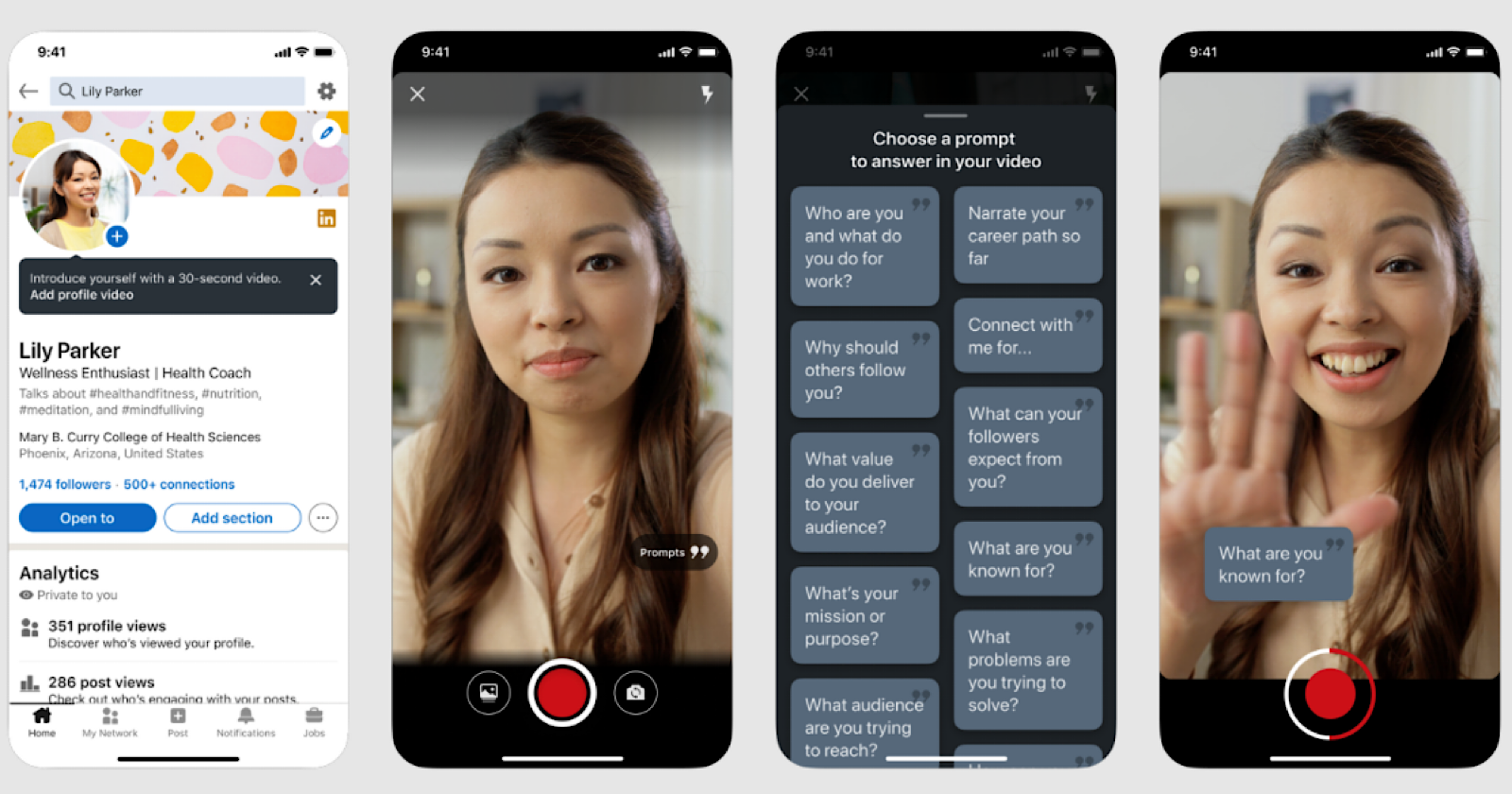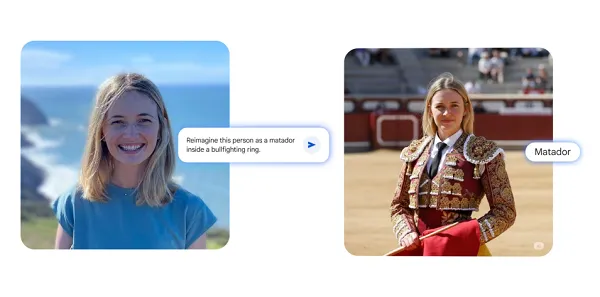Organic Marketing vs. Paid Marketing: What’s the Difference?
Both have their uses, and one isn’t inherently better than the other. In this guide, you’ll learn why that is and how to create an organic marketing strategy: Basics of organic and paid marketing Organic vs. paid marketing: Which...
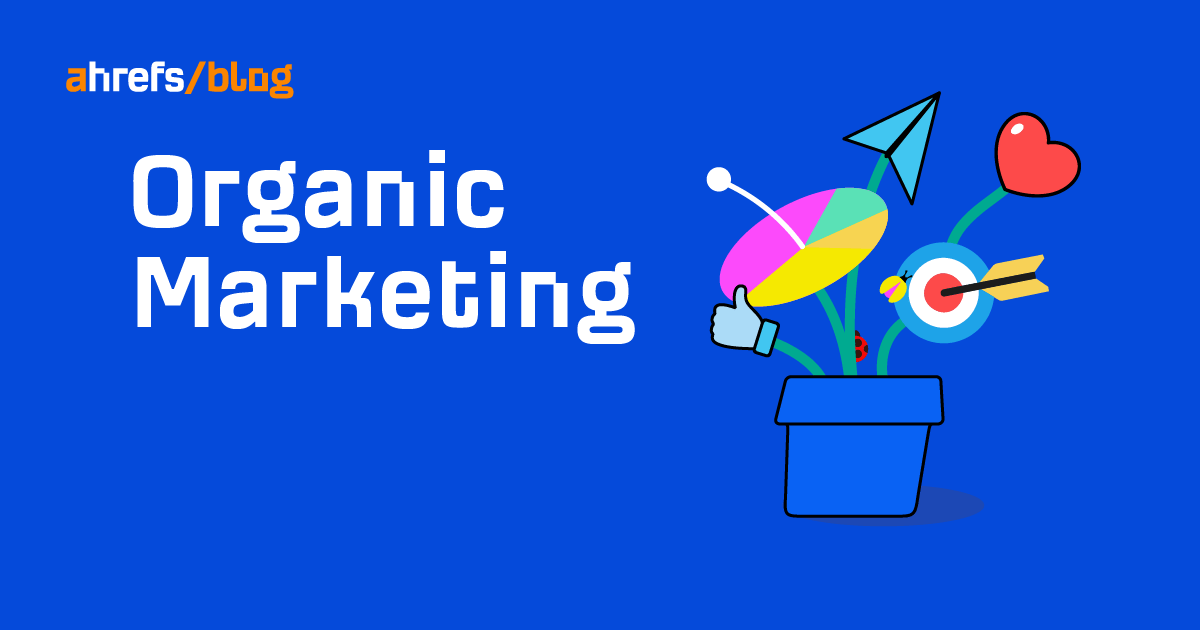
The difference between organic marketing and paid marketing is that organic marketing focuses on attracting traffic for free while paid marketing involves paying for traffic. Both have their uses, and one isn’t inherently better than the other. In this guide, you’ll learn why that is and how to create an organic marketing strategy: Let’s start with the fundamentals: What exactly are organic marketing and paid marketing? Organic marketing is the process of attracting traffic to a website without using paid advertising. It commonly involves creating and distributing valuable content to attract an audience—otherwise known as content marketing. Paid marketing is the process of attracting traffic from paid advertising. It commonly involves buying clicks from platforms like Google, Facebook, and Twitter, sponsored posts, and banner ads. Neither organic nor paid marketing is better than the other. They’re both legitimate marketing strategies that can be used for different purposes. However, they’re most effective when they’re used together. For example, at Ahrefs, we use both organic and paid marketing. Content marketing is a huge part of our customer acquisition strategy—we primarily create content designed to rank high on search engines. These pieces of content—both video and text—are also distributed via other organic channels: email and social media. To further promote our content, we also use paid marketing. For most of our content, we run ads on platforms like Facebook, Twitter, and Quora to give it a further boost in reach. As you can see, both are essential aspects of our marketing strategy. We don’t discriminate against one in favor of the other. Now that you know the difference between paid and organic marketing, let’s talk about how to create an organic marketing strategy for your business. A wedding photography studio creates content about its expertise—the technicalities of wedding photography—and ends up attracting other wedding photographers. But wedding photographers don’t need wedding photography services and, thus, buy nothing from the studio. So the studio’s content efforts attracted a lot of attention but got no real customers. If the studio had actively clarified who it wanted to attract—engaged couples—the studio would have created content that couples wanted to read. For example, not “how to use diffused light” but “how to find a wedding photographer.” So the first step to creating an organic marketing strategy is to be clear about who you want to consume your content. If you’ve done your market research and created customer personas, then you’re already ahead. You know who you’re trying to reach. For example, if you’re a wedding photography studio in Singapore, your potential target customers can be: Millennial couples (ages 25 to 35) in Singapore who are getting married. Don’t worry if you don’t have a target customer statement yet. You can always create one. Use the guide below to create one to kickstart your organic marketing. Recommended reading: How to Create Detailed Buyer Personas for Your Business [Free Persona Template] Yes, you need content to kickstart your organic marketing. But why are you creating content (or doing organic marketing) in the first place? Broadly speaking, there are four goals: Depending on your specific goal, the type of content you create will be different. For example, if you’re trying to convince your customers that you’re the best fit for their problems, you may want to create a comparison page. Alternatively, if you’re trying to build a loyal customer base, then you may be looking at creating a course to teach customers how to get the most out of your product. Note that these four goals are not exclusive goals. No matter your content strategy, you’ll need to eventually create content for each of these goals. After all, there’s no point in having a brand that’s well known but has no customers. Likewise, there’s no point in attracting tons of customers if you lose them all. But depending on the stage of your business and the number of available resources you have, you may have to focus on one of them over the others (at least for the time being). If you already have existing content, then this is where a content audit can come in handy. It’ll take stock of all the content you currently have and help you figure out what you’re missing. Recommended reading: How to Do a Content Audit in 2022 While organic marketing relies heavily on content, it doesn’t mean it’s all about blog posts. There are tons of other places for you to publish on, such as these: Now, this doesn’t mean you should publish content on all of them. While these channels make sense and have worked for different companies, it will be almost impossible to do everything in the beginning—especially if you’re just starting out. So how do you decide which is the right platform to publish your content on? At Ahrefs, we believe you should begin with one or two channels, and it should be based on your answers to two questions: Let’s start with the first question. In the previous step, you’ve answered the “why” question. From there, you would have already set one or a few goals. You should pick the channel(s) that’ll help you achieve the goal(s). For example, if you’ve decided that a pressing problem is your lack of brand awareness, then you might want to consider publishing guest posts on large, authoritative blogs or appearing as a guest on podcasts. If you have multiple goals that need achieving, then choose one channel that addresses all your goals or multiple complementary channels. Here’s a quick cheat sheet for the most popular owned channels: Looking at these channels, you should answer the next question: How and where do your customers consume information online? Your research should have told you this. But if you’re unsure, it’s always a good idea to reach out to your customers directly and ask. Don’t get paralyzed by indecision. If you’re really stuck and not sure which platform to publish on, I’ll suggest either blogging or video marketing. In most industries, people will almost certainly be looking for information via Google or YouTube. So either channel is a good starting point. But if you want to ensure this is accurate, you can always use a keyword research tool like Ahrefs to see if people are searching for topics related to your business. For example, if we enter keywords related to SEO into Ahrefs’ Keywords Explorer, we see thousands of searches per month: This confirms that blogging is a good channel. For some channels, this is relatively straightforward. If you’re creating content for YouTube, then videos are the only type of content you can create. But for other platforms, there are options. Take Instagram, for example. If IG is your chosen channel, then you can publish: It all boils down to what your customers want to see. That’s why step one is so important. When you know who you’re targeting, you can research and talk to them. When you talk to them, you can figure out the type of content they enjoy consuming. From there, it’s really just delivering more of what they want to them. Don’t be afraid to experiment too. If you’ve always been posting photos, then try posting short videos once in a while. As much as content marketing is about consistency, it’s also about variety. Let’s reiterate: Neither paid nor organic marketing is better than the other. Each is simply more suited to different goals. However, the best businesses don’t discriminate. Rather, they combine them for maximum effectiveness. Did I miss out on anything? Let me know on Twitter.Organic marketing
Examples
SEOGuest bloggingSocial media marketingPaid marketing
Examples
Google adsFacebook adsPodcast advertising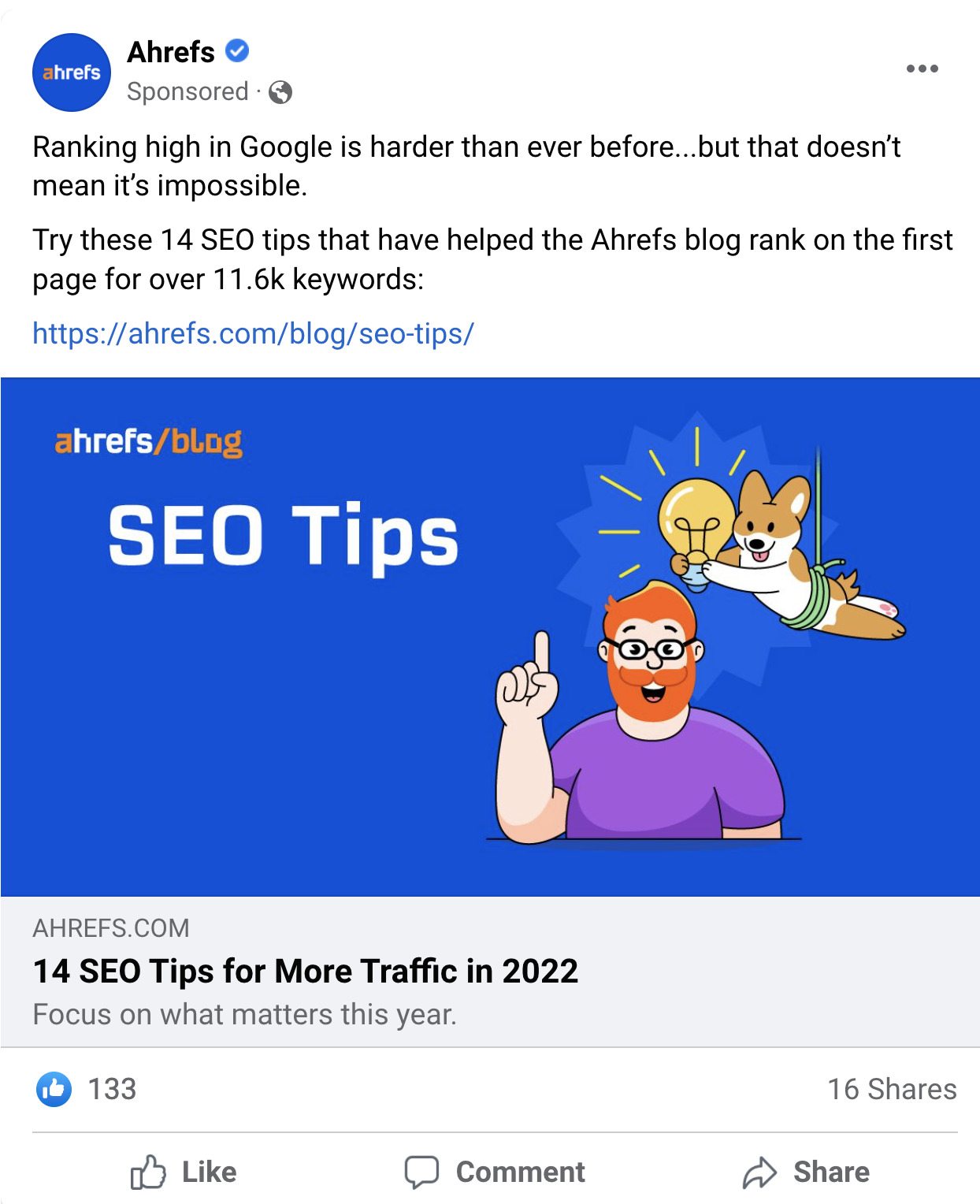
1. Choose an audience
2. Choose a goal
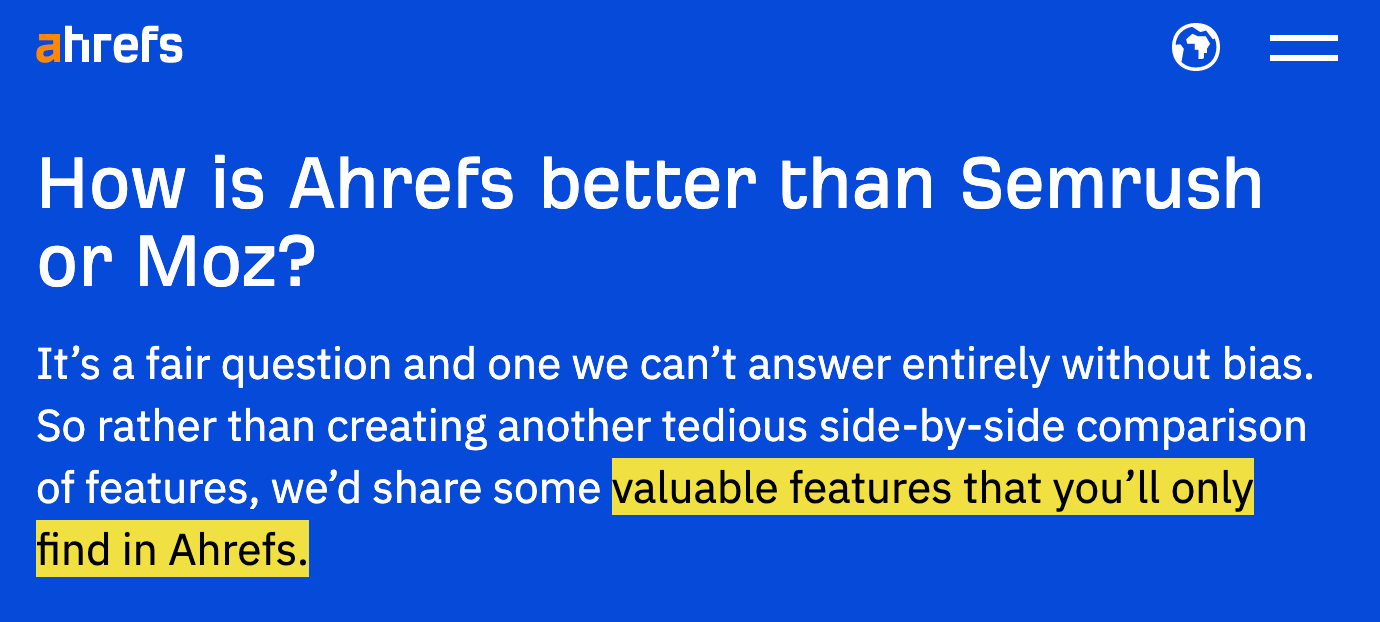
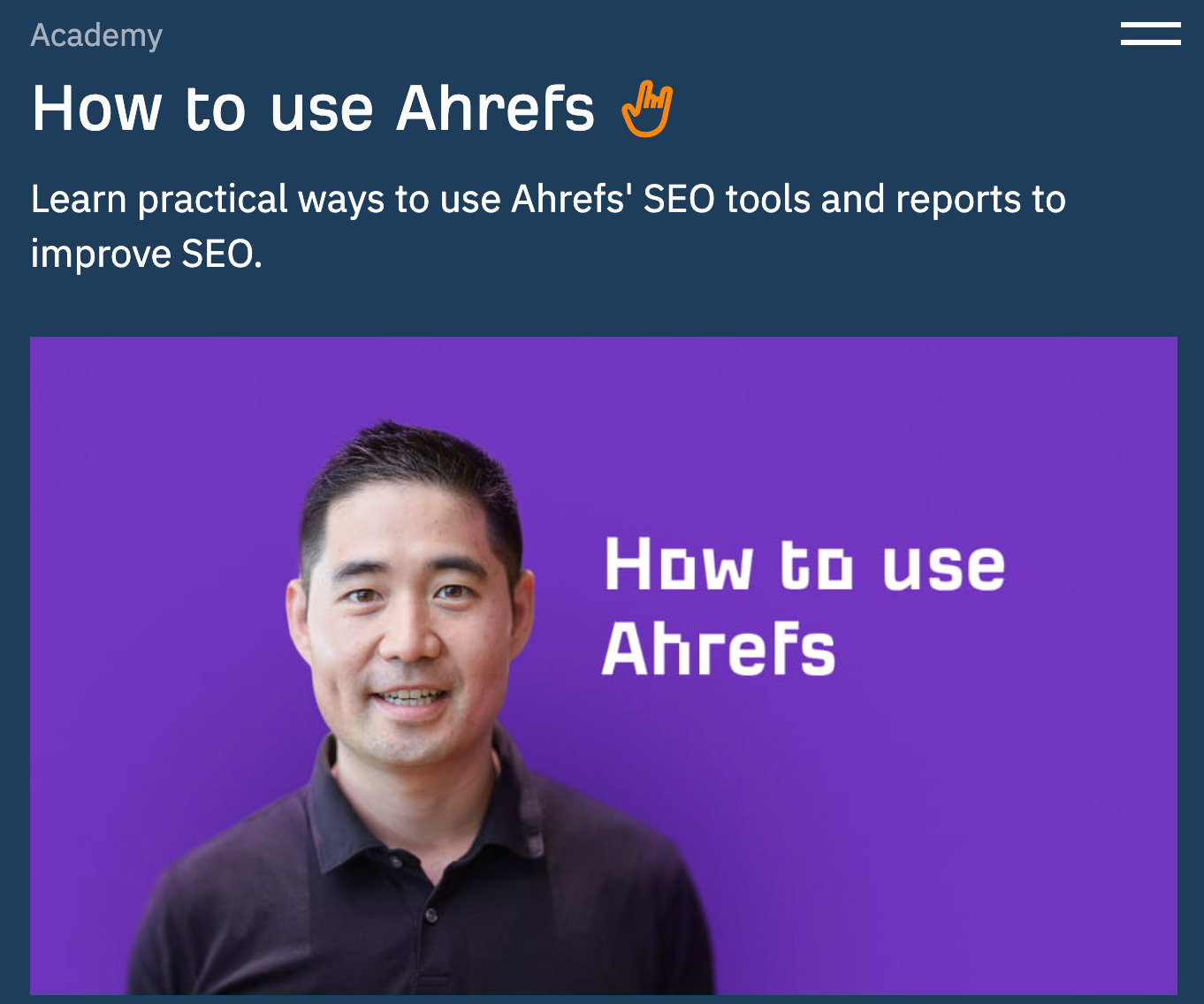
3. Choose a platform
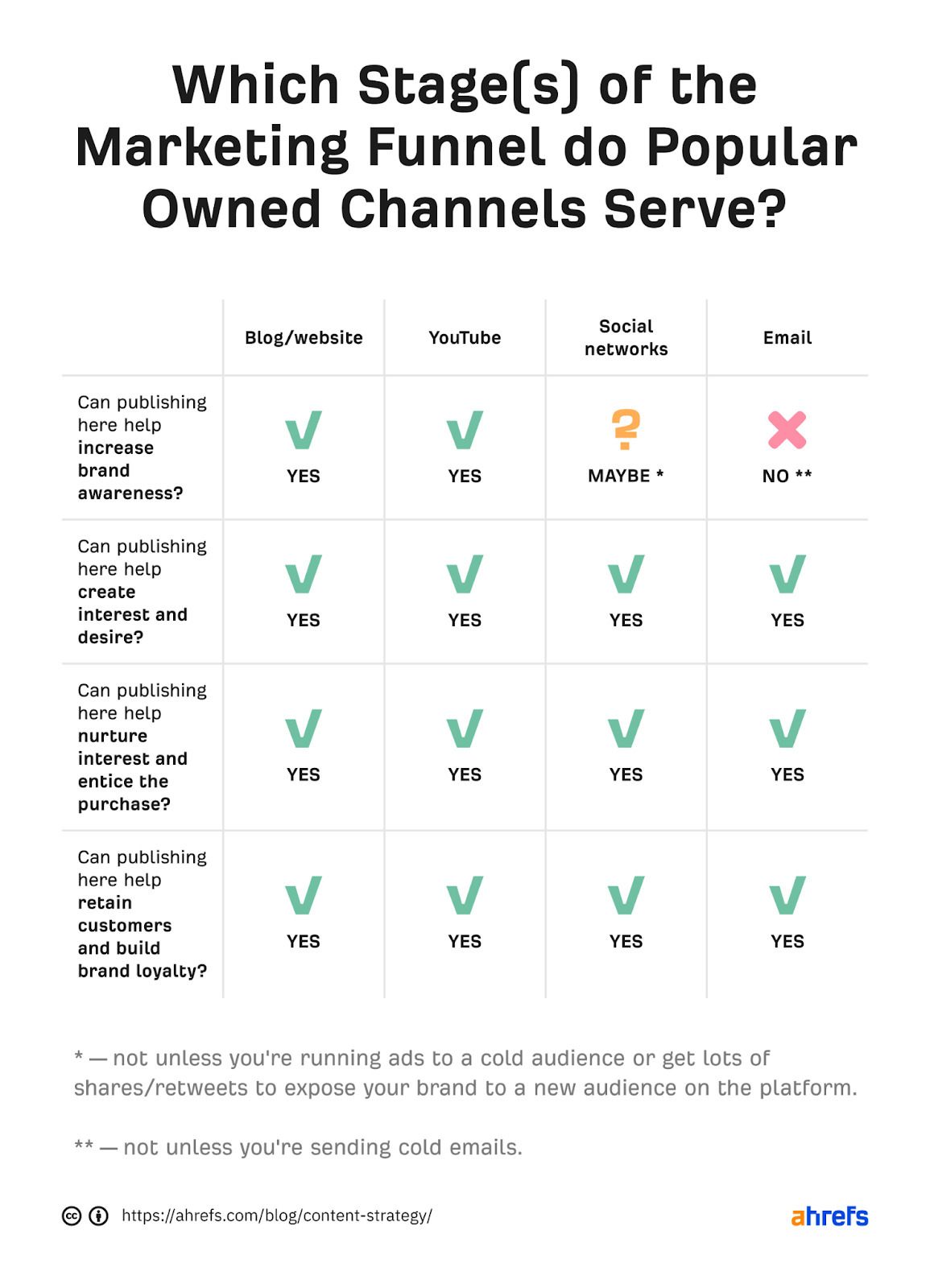

4. Choose a format
Final thoughts

 Kass
Kass 









